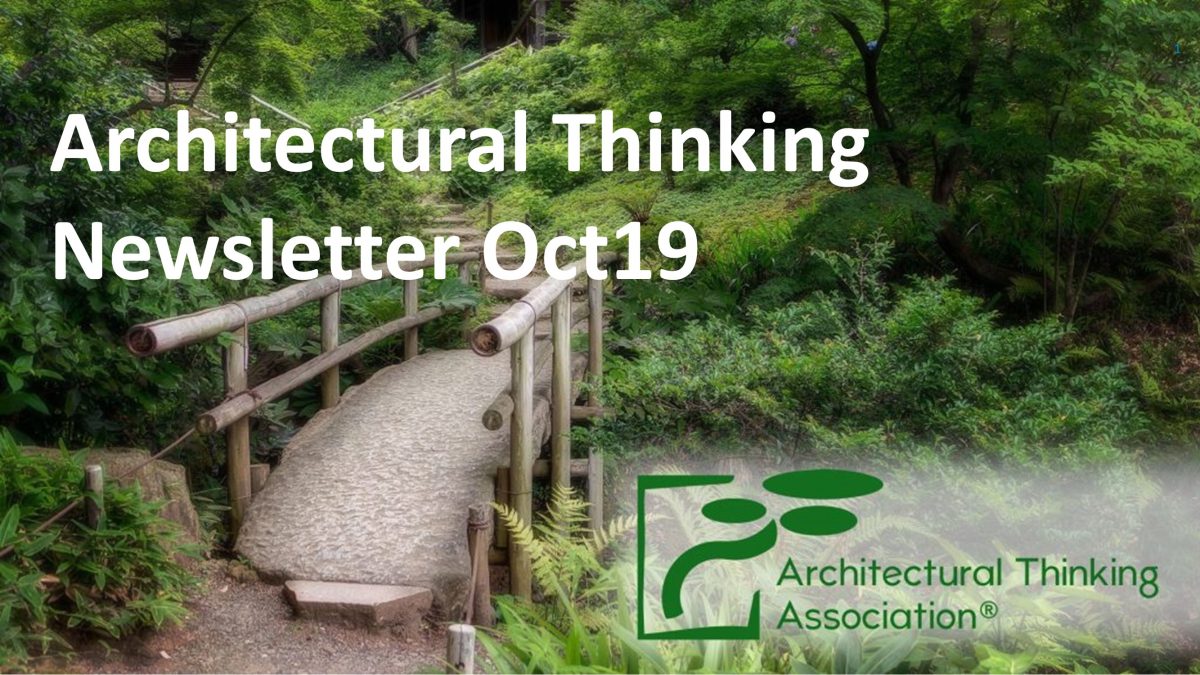AT#51: Love Yourself! (Not Only Your Customer)

“You shall not take vengeance or bear a grudge against the sons of your own people, but you shall love your neighbor as yourself“:
Holy Bible, Leviticus 19:18
Today, in the era of digital transformation, customer focus is the mantra of all companies. This consequent focus on customer needs means concentrating on how every interaction helps the customer, rather than how it helps your business. As stated in his explanation, putting customers at the heart of everything you do as a business places you in a better position to build relationships and increase customer satisfaction (and your revenues, of course!).
But can you focus on your customers too much? Yes, if you live in our reality of limited resources!






